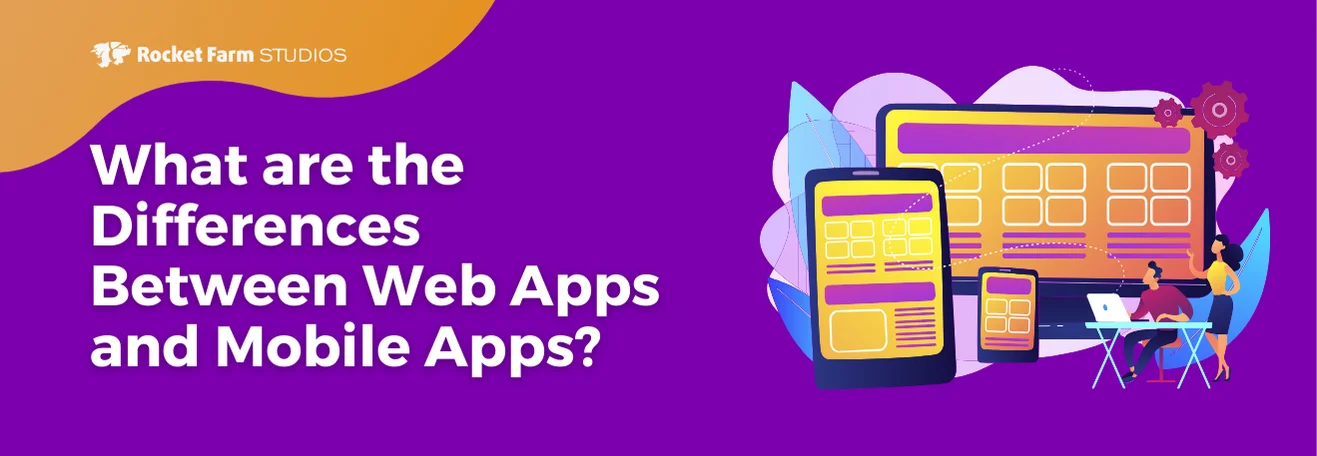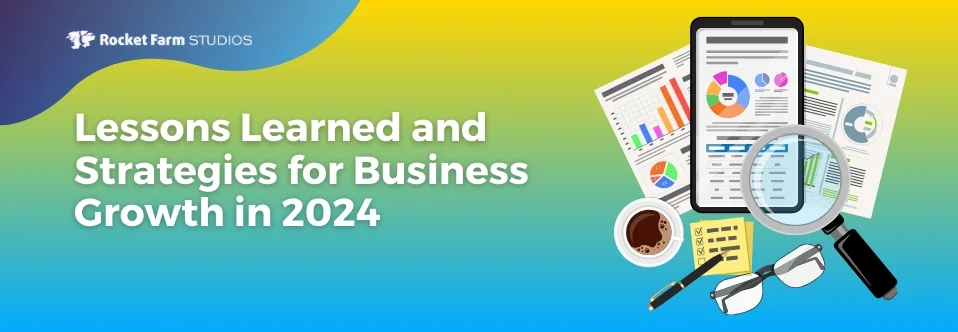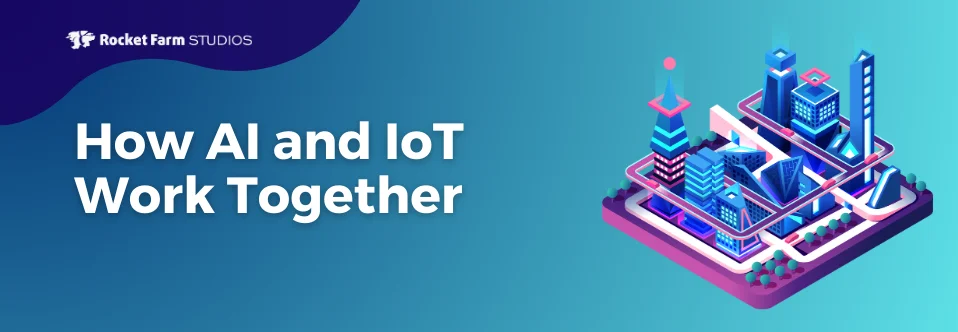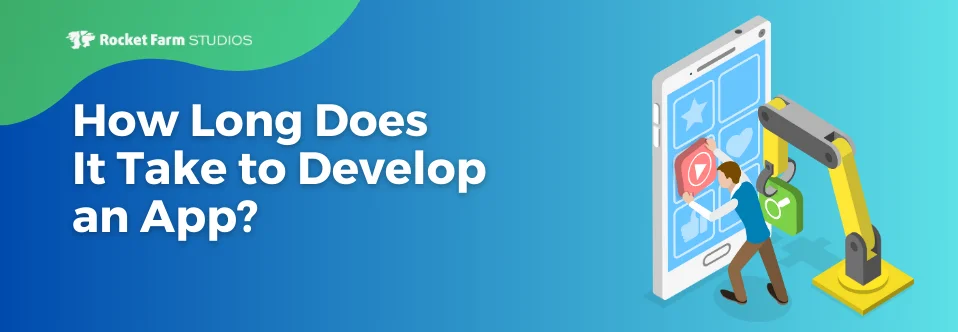Last week, I went to new startup trade show A3E Advanced Audio + Application Exchange. Held at the Hynes Convention Center in Boston, the show is all about making music with technology, and featured lots of great companies from the Boston scene – EchoNest, Noteflight, Harmonix – and schools like Berklee and MIT.
 The best talk I went to explored app monetization schemes. And the best person on that panel was Jeannie Yang, head of design for Smule, a San Francisco company that makes apps for making music. They were on the iPhone early on with a beautiful app called Ocarina. An ocarina is an ancient variation on the flute. As recreated by Smule, it’s a social flute on which you can play live for others and have them play for you.
The best talk I went to explored app monetization schemes. And the best person on that panel was Jeannie Yang, head of design for Smule, a San Francisco company that makes apps for making music. They were on the iPhone early on with a beautiful app called Ocarina. An ocarina is an ancient variation on the flute. As recreated by Smule, it’s a social flute on which you can play live for others and have them play for you.
Smule’s many apps have been downloaded almost 250 million times, which means two things: 1. You can in fact make money on music-making apps. 2. Jeannie Yang has a lot of interesting insights into the challenges of monetizing apps.
Her most important message was about the value of persistence and experimentation when trying to figure out a viable revenue model. When Ocarina came out there weren’t many pricing options available; apps were either paid or free (Ocarina was originally $0.99). Over the course of 20+ more apps, Smule has tried a lot of different models: ad-driven, in-app purchase, and subscription models. More recently, she said, the subscription model has been the most effective. Jeannie intuited that the reason was that a subscription model puts the payment process in the background, leaving users to focus completely on making music.
Her lessons? Keep trying different approaches and don’t be afraid to experiment until you get it right. But there was more. When asked “do you pay for downloads?” Jeannie’s response was, “Absolutely.” As soon as you realize that the lifetime value (LTV) for your customer base is greater than your customer acquisition cost (CAC), she said, the choice is clear. However, both LTV and CAC can vary by segment, which means that you have to pay attention to the channels that you pay for and to the customers who come from each channel. It’s not hard, but you have to be rigorous and disciplined about your analytics. In fact, Jeannie commented, analytics are so fundamental that they should be integrated into every app from the very beginning.
So if you start with a foundation of analytics, add on an understanding of channels and customer acquisition cost, and then finally gather a model of your LTV by channel, you too can make beautiful music with your apps.
Got it?
Book a call











